This week, I read a disturbing news report about the increasing use of medication for children (aged 12 or younger) who are being prescribed anti-depressants.
“It found that the number of youngsters aged 12 or younger on anti-depressants has risen by 27% over the last three years.” BBC News July 2018
Then on social media someone shared an article with a similar message in the USA.
“Rates of depression and anxiety among young people in America have been increasing steadily for the past 50 to 70 years. Today, by at least some estimates, five to eight times as many high school and college students meet the criteria for diagnosis of major depression and/or anxiety disorder as was true half a century or more ago.” Dr. Peter Gray, a research professor at Boston College
So there are 3 things that concern me most:
- children are being diagnosed with depression
- increasingly medication is being used so for such young (and developing children).
- that there is a waiting list for access to psychological help for kids with mental health issues
What does depression for kids look like?
According to the NHS website – here are a selection of symptoms that children may display if they are experiencing depression:
“Symptoms of depression in children often include: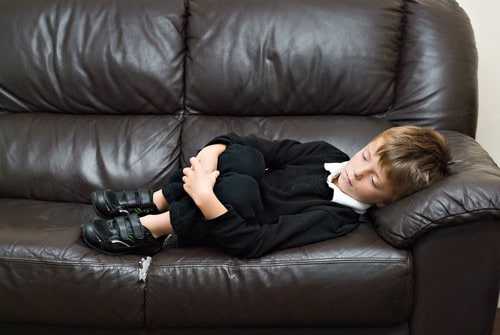
- sadness, or a low mood that doesn’t go away
- being irritable or grumpy all the time
- not being interested in things they used to enjoy
- feeling tired and exhausted a lot of the time
Your child may also:
- have trouble sleeping or sleep more than usual
- not be able to concentrate
- interact less with friends and family
- be indecisive
- not have much confidence
- eat less than usual or overeat
- have big changes in weight
- seem unable to relax or be more lethargic than usual
- talk about feeling guilty or worthless
- feel empty or unable to feel emotions (numb)
- have thoughts about suicide or self-harming
- actually self-harm, for example, cutting their skin or taking on overdose”
The website makes it clear that children don’t necessarily display all of these symptoms to merit medical help.
I was encouraged to see the NHS signpost to ideas and tips about ‘how to talk’ to our children/young people, helping them with anger and signposting to other resources for children’s mental health like Youngminds.
However, from my personal experience with children I’ve had in care, we know that psychological help in the form of CAMHS can be a waiting time of a minimum of 6 months (and longer).
Long term of impact of medication on young people?
I understand that medication may be an important part of a care package for children but I feel very uncomfortable with its sole use when other therapy resources are unavailable or the waiting list is so long. 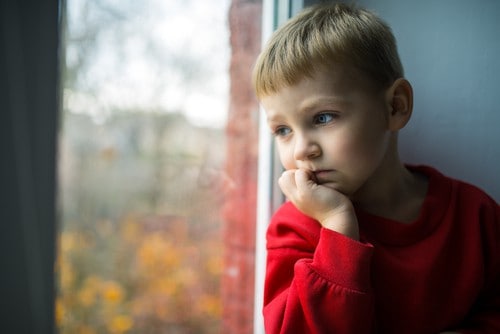
This delay may have devastating consequences; the initial signals that there are some developing mental health issues may become stronger until the child is in a highly anxious, depressive and possibly suicidal state.
Surely we must support children in some capacity before this desperate situation occurs?
From our community of Connected Kids students and Tutors who are actively out there teaching children meditation and mindfulness, we know that teaching young people these skills helps them process difficult feelings and thoughts while helping them build resilience and emotional intelligence – helping them cope with the challenging situations they face in life.
Personal story…
As a young person, I personally faced many challenging situations which led to my initial self harm behaviour and suicidal thoughts. I know that learning meditation as a teenager was a life-line that helped me recover and had I been taught as a child, then my experiences would perhaps not have been so desperate.
But imagine if I had been prescribed medication with no other help. And as a developing young adult had not managed to discover any other method of maintaining my mental health other than the use of medication. What then?
I dread to think.
Long term mental health
But the reality is that more medication is being prescribed to children for symptoms of depression and this isn’t good enough. We all have to take a mindful, active part in children’s health– as ultimately they depend on their caregivers to make informed decision about their well-being.
Beyond the side effects of medication, we also have to consider the long-term implications for children’s physical and mental development, which continues until their mid-20’s. What effect will early childhood medication have on their well-being as an adult?
So I urge you to learn to practice and teach your young people meditation and mindfulness. It’s not a wishful, ‘happy thoughts’ approach to mental health – it has real substance as the research demonstrates.
Mindfulness and Social Emotional Learning
Can mindfulness help children experiencing depression?
At Connected Kids we have many anecdotal experiences of how teaching meditation to children and teens has helped them reduce difficult behaviour or self harm and allowed them to access feelings of peace and contentment.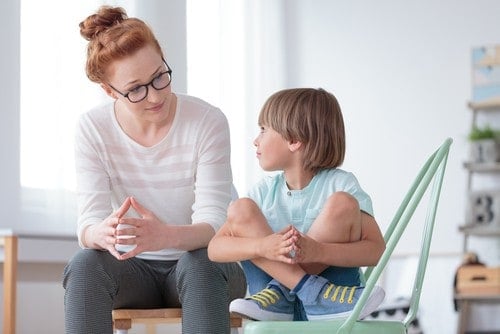
However I am grateful for the work of the Mindfulness in Schools Programme who have collated the research that exists and backs up the claims that teaching kids meditation can be a strong support for their mental health – especially when experiencing depression.
“Joyce et al (2010) report pre-‐ and post-‐group differences in children aged 10 to 13 years on measures of behaviour problems and depression. The 10 week program delivered by teachers lead to a significant reduction in self-‐reported behavioural problems and depression scores, particularly in pupils with clinically significant levels of problem before the intervention”
“Liehr and Diaz (2010) carried out a small randomized trial comparing a mindfulness-‐based intervention with another approach. Eighteen minority and disadvantaged children recruited from a summer camp were randomly assigned to either a mindfulness-‐based intervention in which they went to ten 15 minute classes on mindful breathing and movement for two weeks, or to a heath education group, both interventions focusing on depression and anxiety. There was a significant reduction in depression symptoms for those in the mindfulness group and a reduction in anxiety for both groups, in the immediate post-‐ treatment follow up.”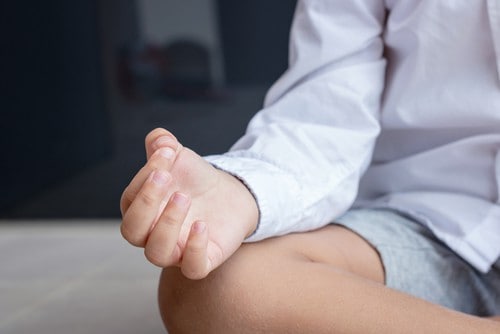
“Lau and Hue (2011) carried out a pilot controlled trial assessing preliminary outcomes of a mindfulness-‐based programme in schools in Hong Kong for twenty four 14 to 16-‐ year-‐old adolescents with low academic performance from
two secondary schools, with similar size control groups. There was a significant decrease in symptoms of depression and a significant increase in wellbeing among the young people who received the intervention.”
There are 19 bodies of research, collated by the Mindfulness in schools programme suggesting that teaching young people meditation makes a positive difference to the impact of depression.
While much more research needs to take place, this is a promising start.
We also know that social and emotional learning is slowly being embraced by our educational institutions. At last! We are fortunate to have many educators on our Connected Kids Programme and Connected Kids Tutors going into schools and educational institutions to set up and deliver regular meditation and mindfulness practice session for young people.
Introducing this into your educational environment
While taking awareness of mindfulness into education is important, there are some key aspects that we must pay attention to;
Teaching meditation it isn’t like teaching another lesson or subject. Children can’t be forced to meditate, we must help educate them about mental health and explain how meditation works, but help them access it in the way that works for them. Our programme is dedicated to helping adults deliver bespoke sessions that meet children’s needs. Otherwise we may alienate children from the idea of mindfulness if they are not engaged.
Don’t add to the educator’s heavy workload. Recognise that educators are under enormous strain re time and resources. That to introduce it we must offer a programme that lists ideas and ways that they can introduce it into the regular curriculum 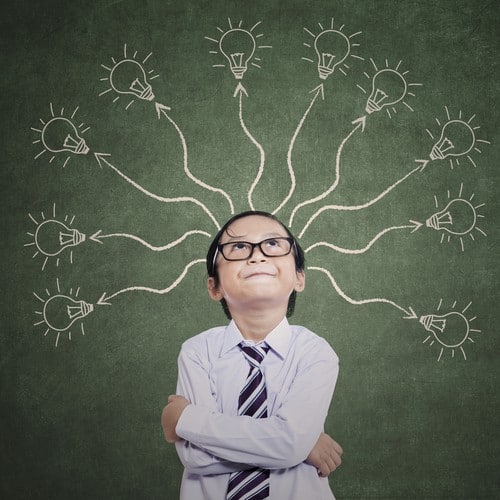 with ease
with ease
Understand that the educators need is urgent! To help educators with easy, simple to use ‘first aid’ meditation tips and ideas that can help in extreme cases
Support the educators alongside young people. Understand the stress that educators face and find simple ways for them to support their desire to self-practice meditation for their well-being
Tailor the education budget to educators needs. Invest in educators to support their passion for training up and learning how to teach children meditation. Whether it is a training course, access to online resources, books or cds – find a way to fuel their passion for this. This will ultimately provide staff with a foundation of knowledge that is easily accessible yet can be tailored to the individual and classroom needs
Since I founded the idea of teaching kids meditation back in 2003, I have seen amazing progress bringing these essential, mindful life-skills within reach of young people. More work needs to be done.
Increase your self-practise and introduce it to any young person you meet. Collectively we will positively, change the mental health landscape for young people in the future.
Thank you
Lorraine E Murray
Founder of the Connected Kids Programme, Author of ‘Calm Kids’ and ‘Connected Kids’
Learn how to teach kids or teens meditation for the classroom
If you would like to learn how to create your very own meditations for kids/teens try our Connected Kids level 1 course – online or in-class) (This is the gateway to our professional level)
Or find ideas and tips in our book Calm Kids (beginners) or Connected Kids (working with special needs/anxiety).
If you want some creative inspiration you can listen to one of our Meditation CDs for children/teens >>>




